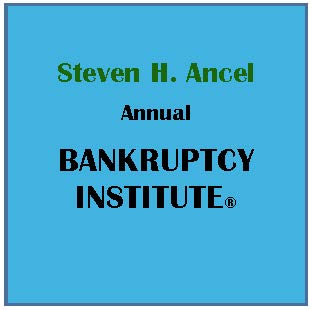Indianapolis Banking Attorneys & Financial Institution Lawyers
We routinely counsel, advise and represent banks, credit unions, finance companies and other financial institutions on a broad range of topics, from documenting loans to workouts, replevins, foreclosures, and the sale of other real estate owned (“OREO”) property.

Our representation is focused on providing pragmatic, goal-focused strategies. We are devoted to developing efficiencies in our practice and client interaction. We approach each problem seeking to solve it faster and cheaper than the last one. Meeting these goals means helping our clients achieve higher collections, decreased collection times, and lower legal fees. Our clients enjoy our assistance not only with resolving the problems at hand, but also on identifying opportunities for improvement in their practices and procedures to increase their protection, maximize certainty, and minimize risk.
Specific Banking Areas
We routinely assist clients with matters including:
- Preparing or reviewing loan documentation (including notes, security instruments and cross-collateralization agreements) and perfecting interests in collateral
- Loan reviews and workouts, from negotiation, structuring, drafting and enforcement of forbearance agreements, deeds in-lieu of foreclosure, short sales, and other out-of-court resolutions
- All aspects of foreclosure (including judicial enforcement, sheriff sales, REOs, receiverships and bankruptcy proceedings)
- Collections, including the obtaining and pursuing of recovery on deficiency judgments
- Providing advice on regulations and laws governing banks and other financial institutions, particularly such laws and regulations that concern commercial and consumer lending, as well as compliance with money laundering and other laws







